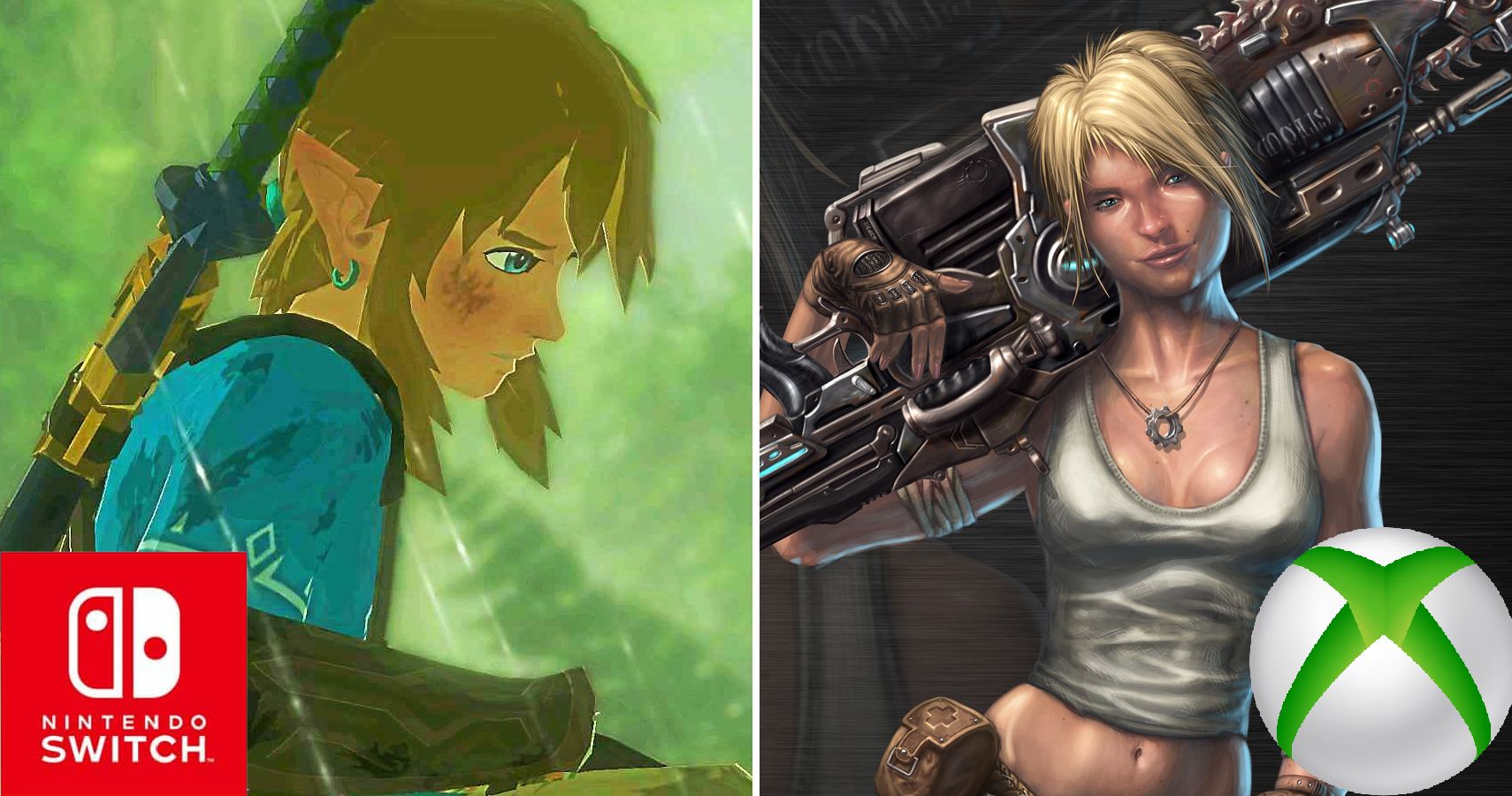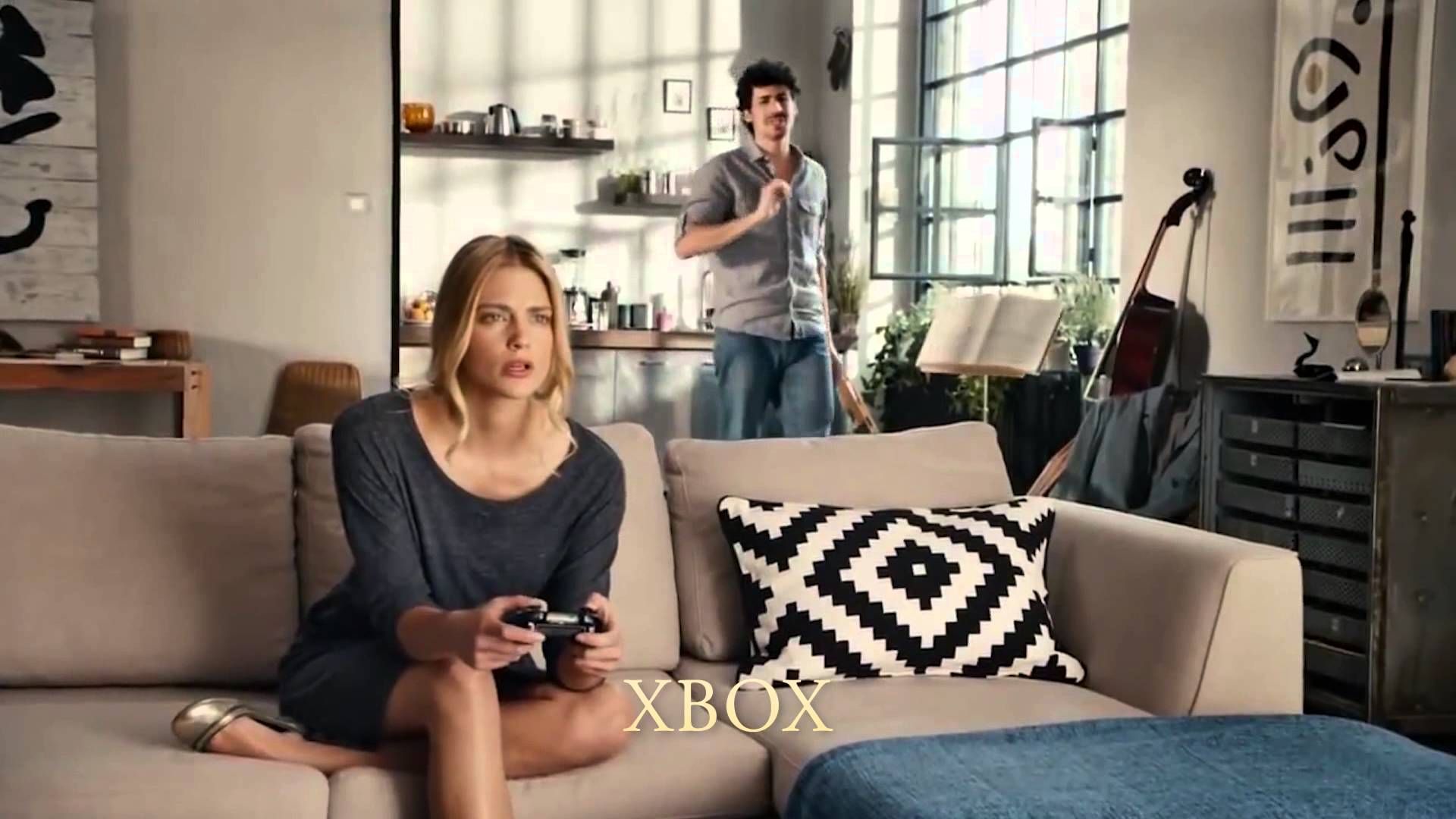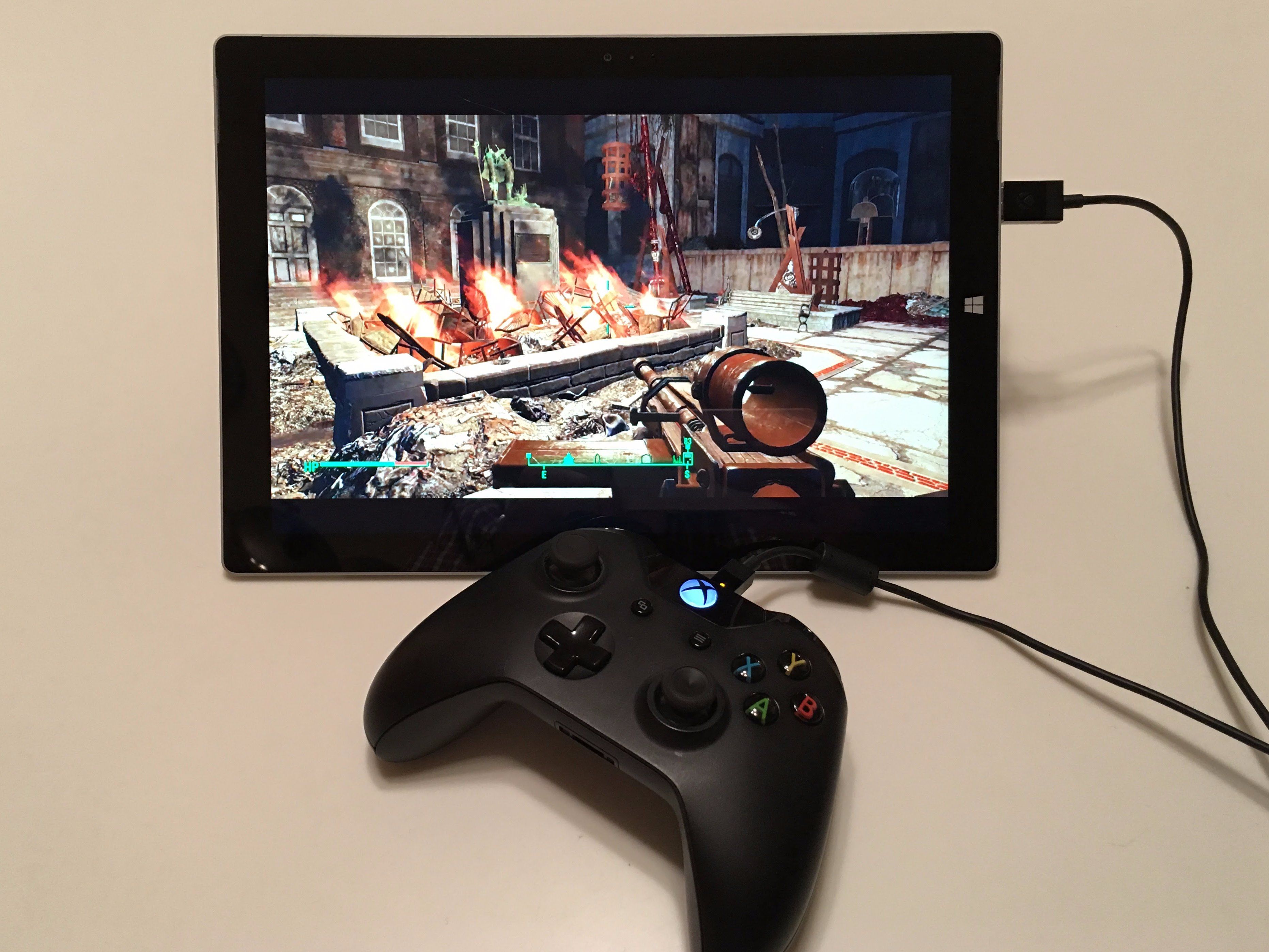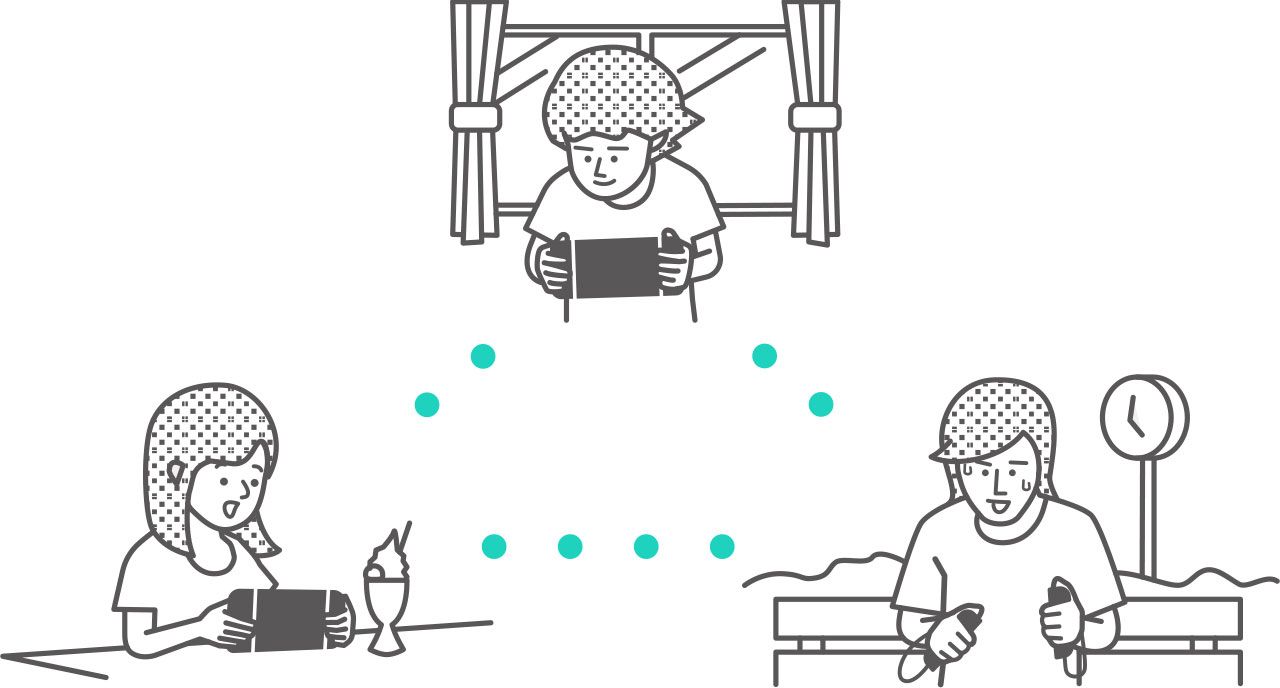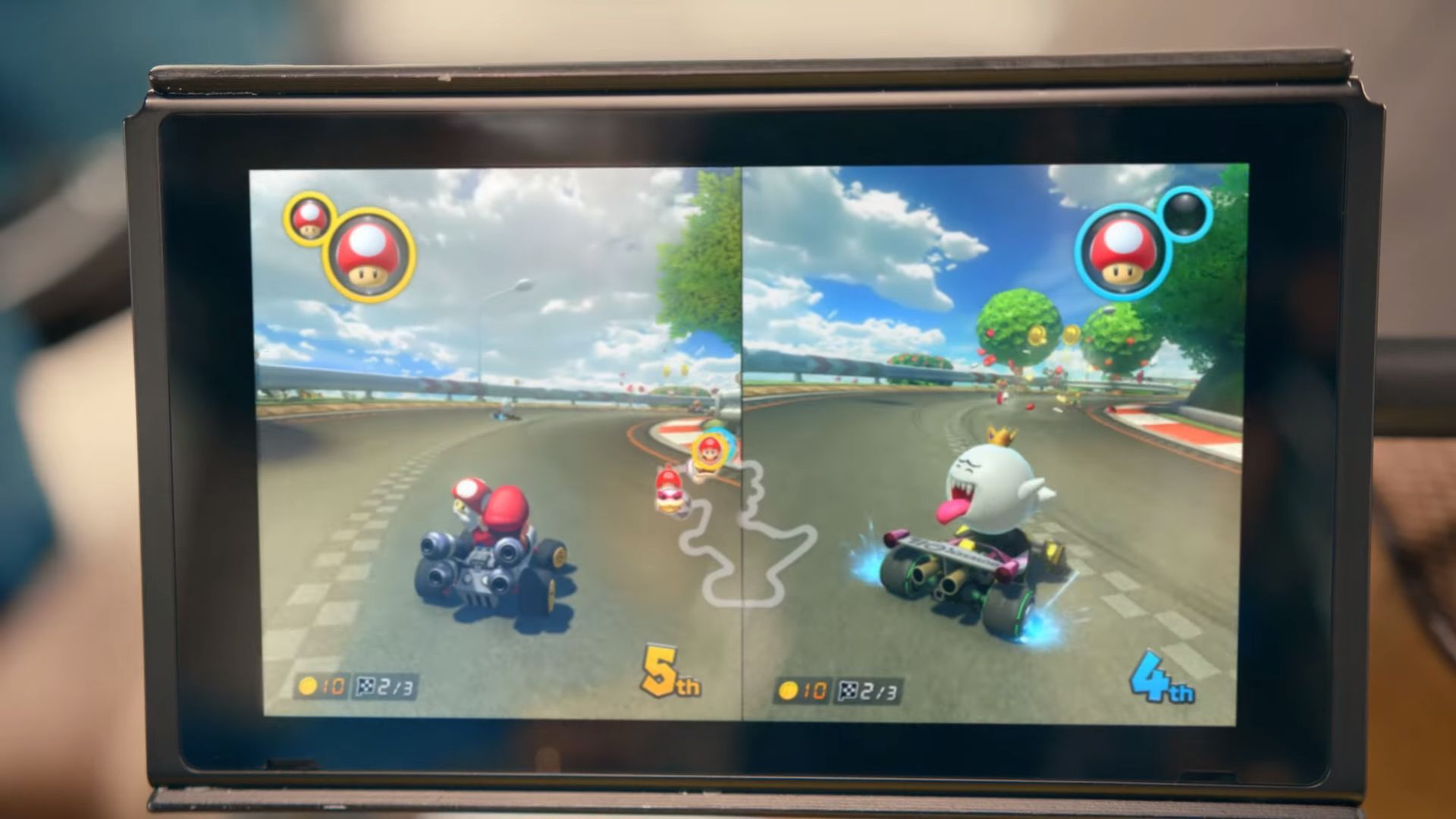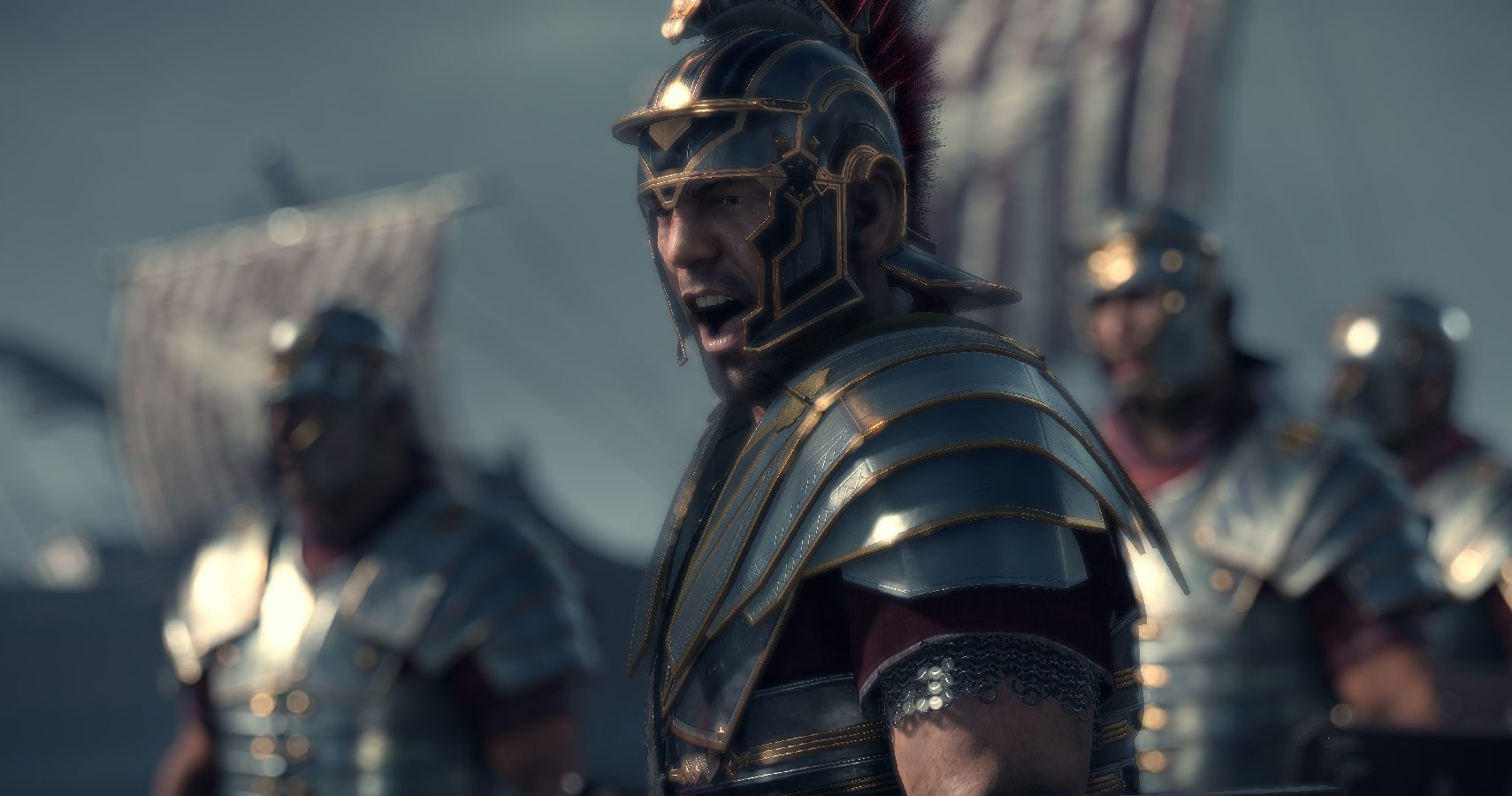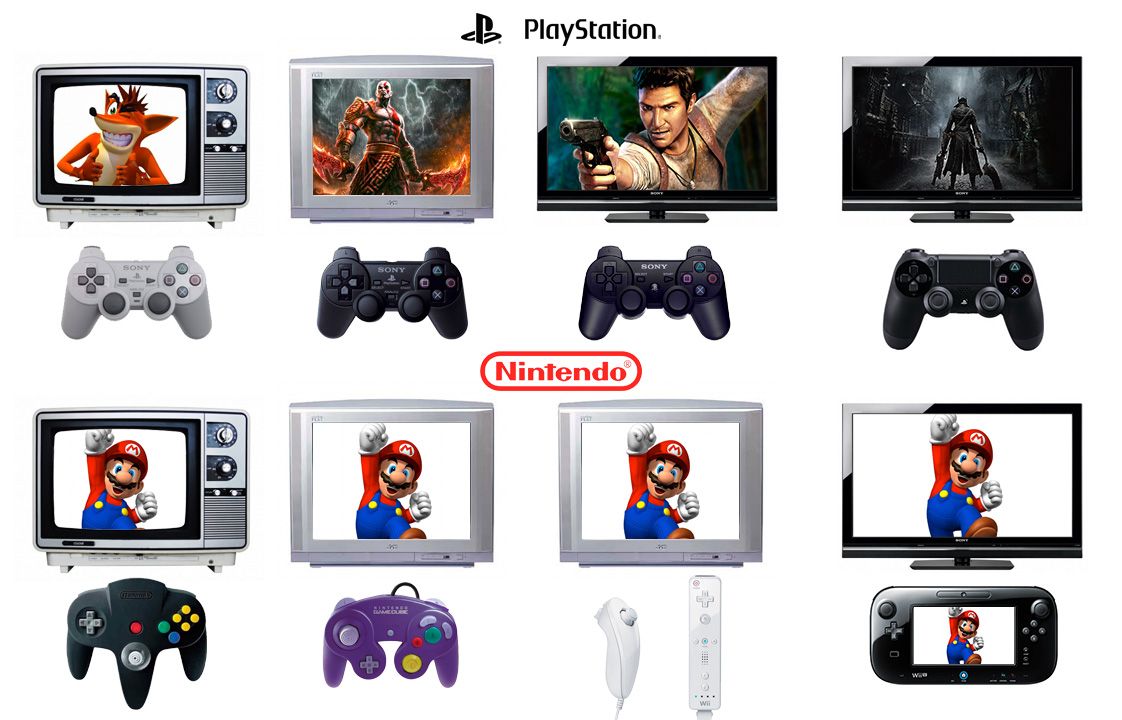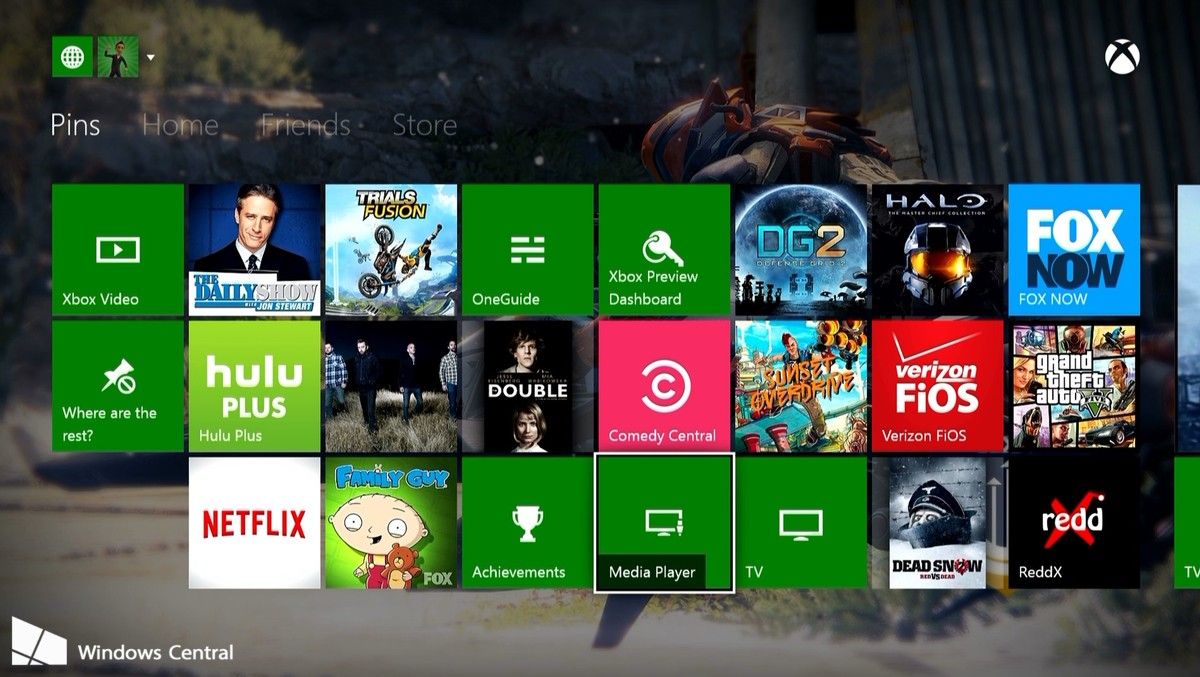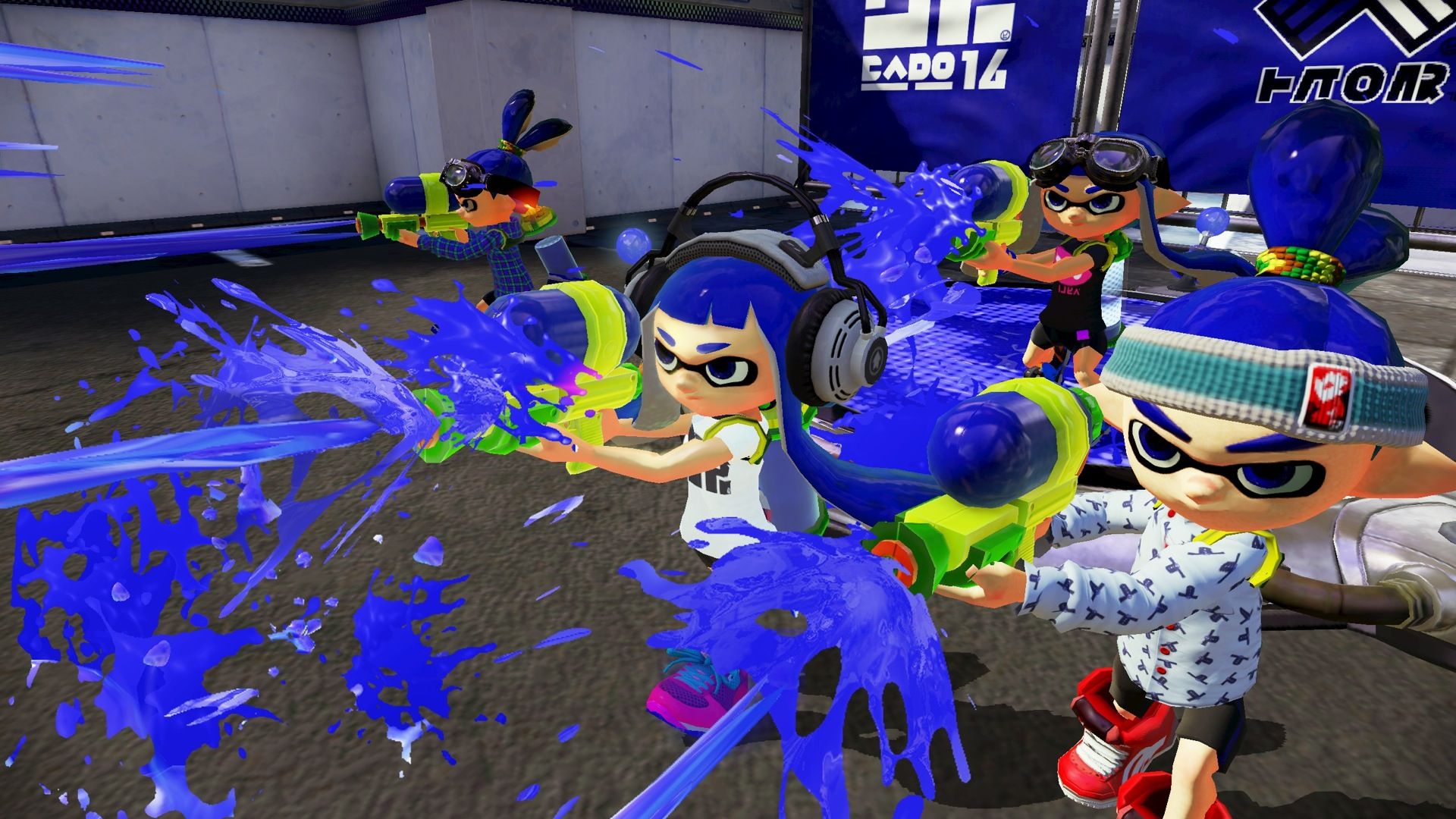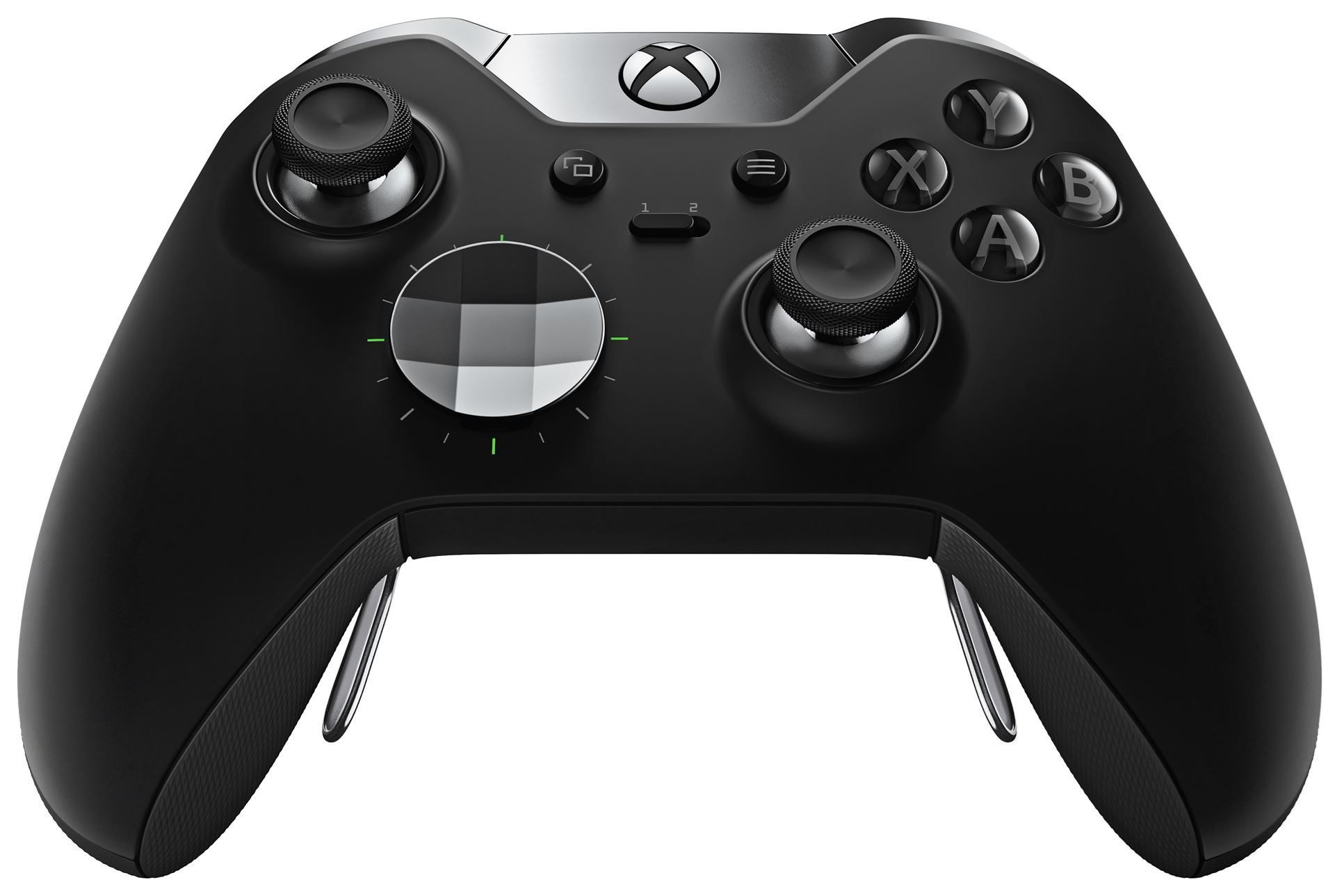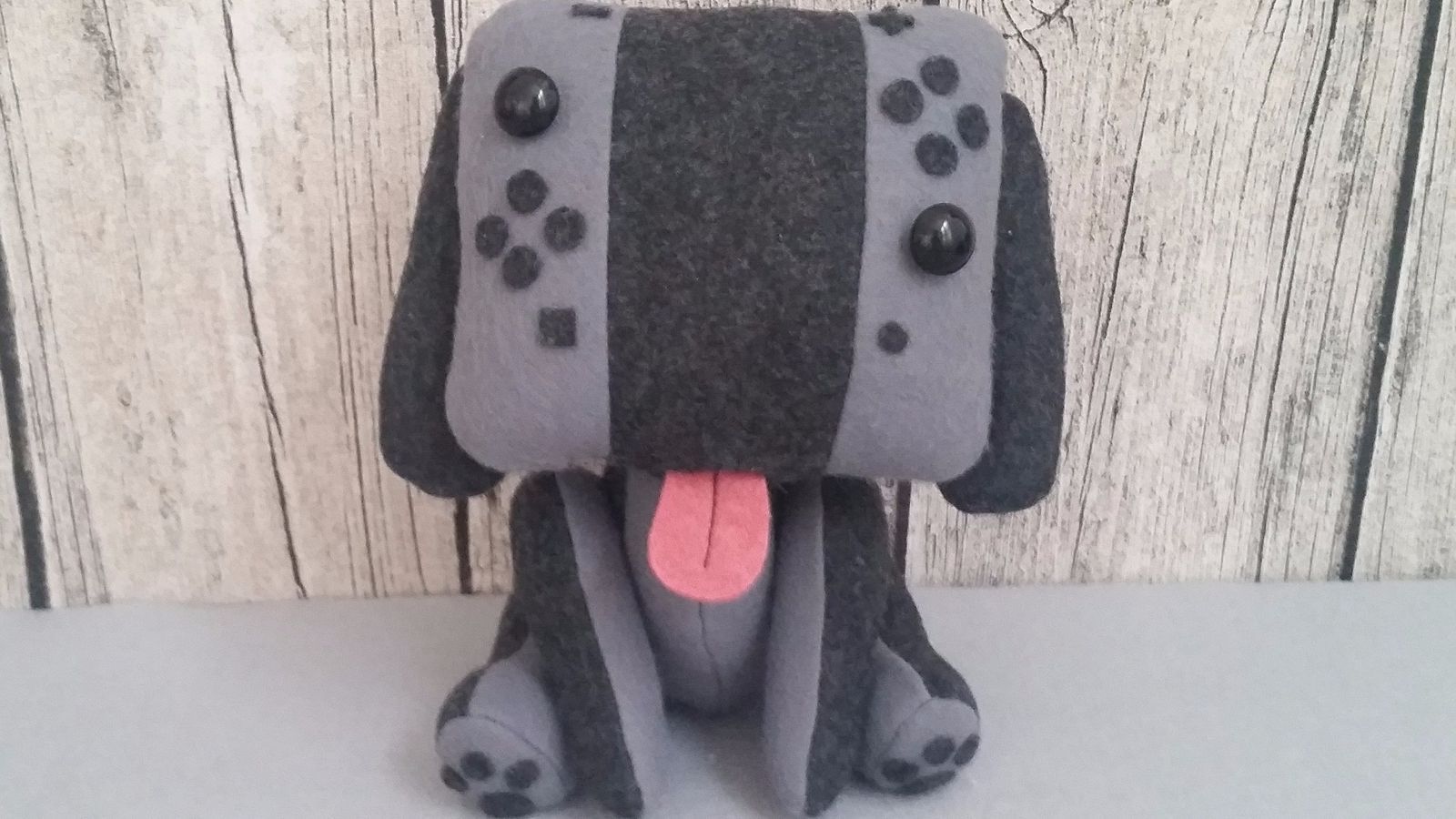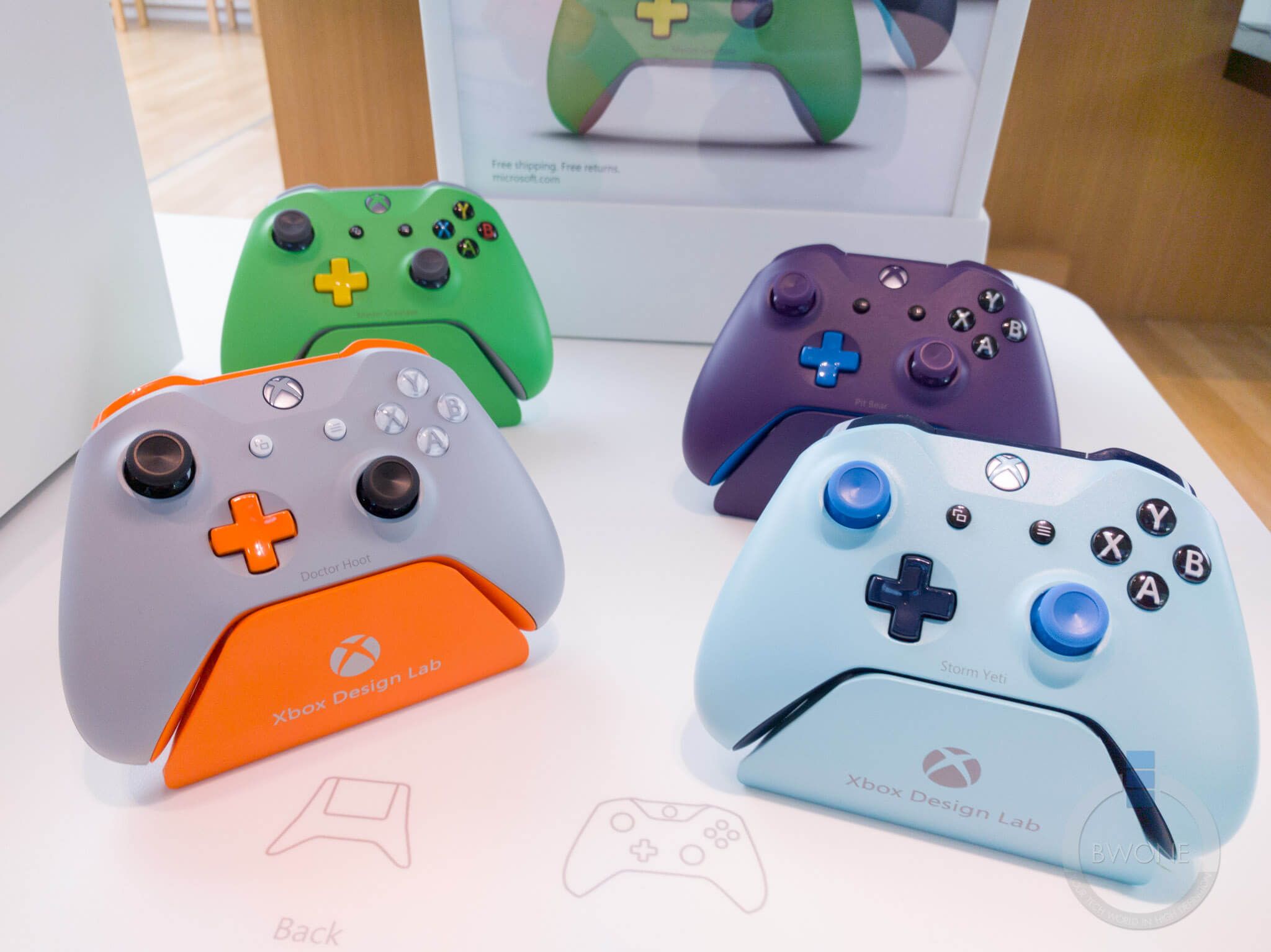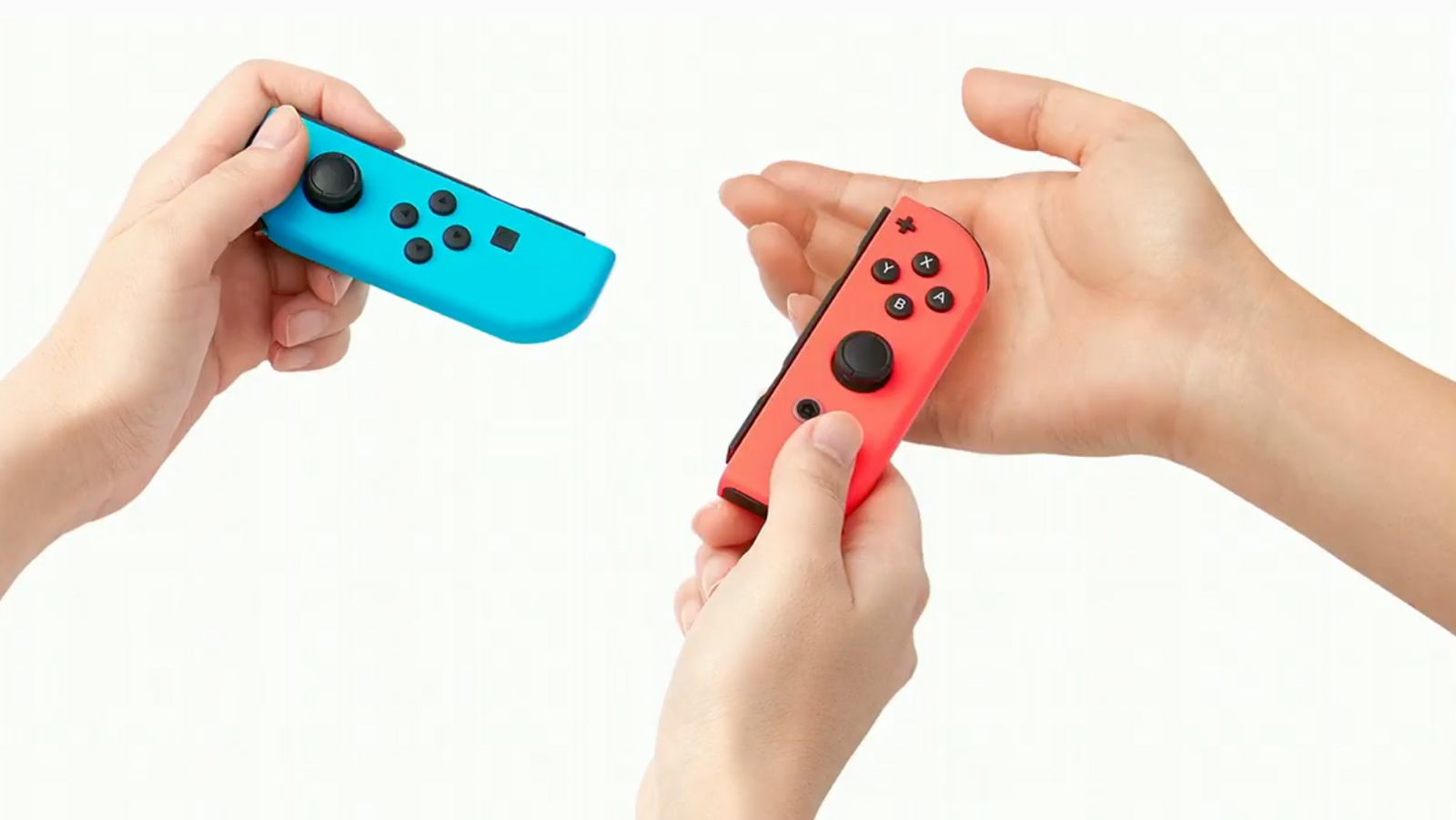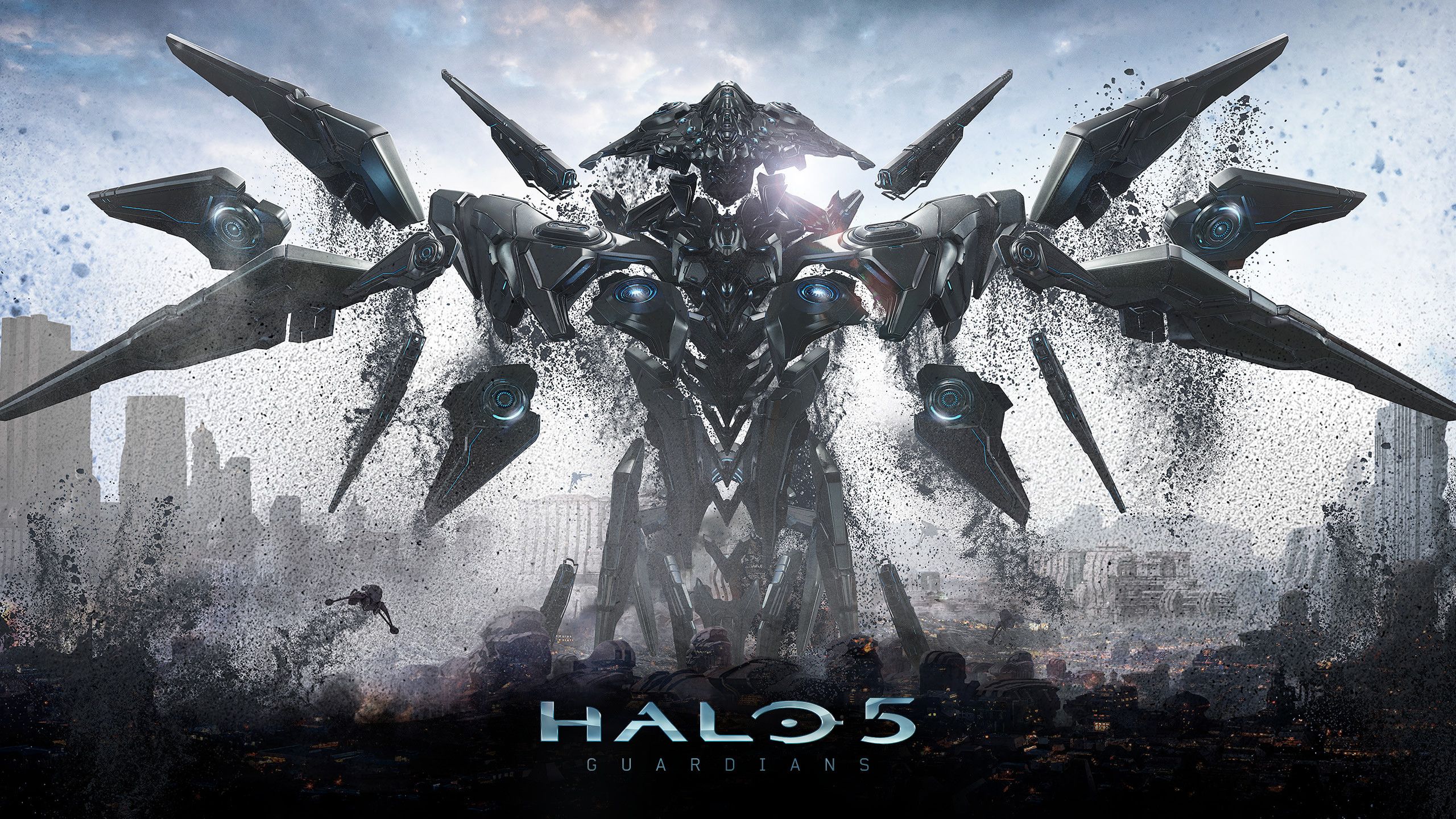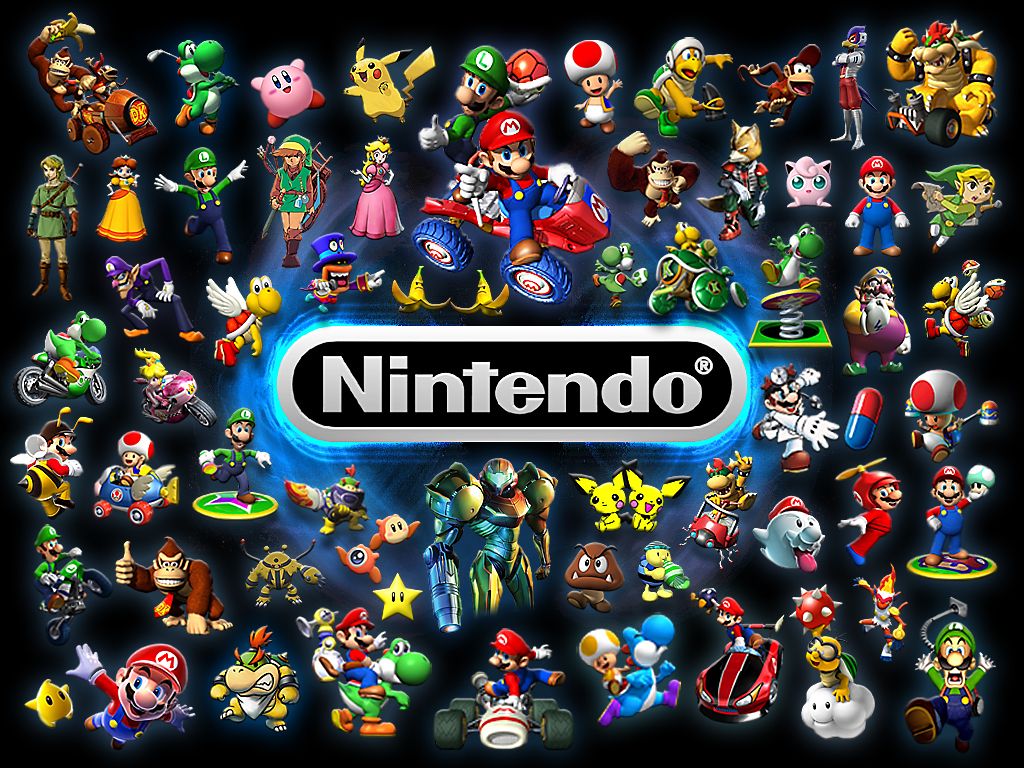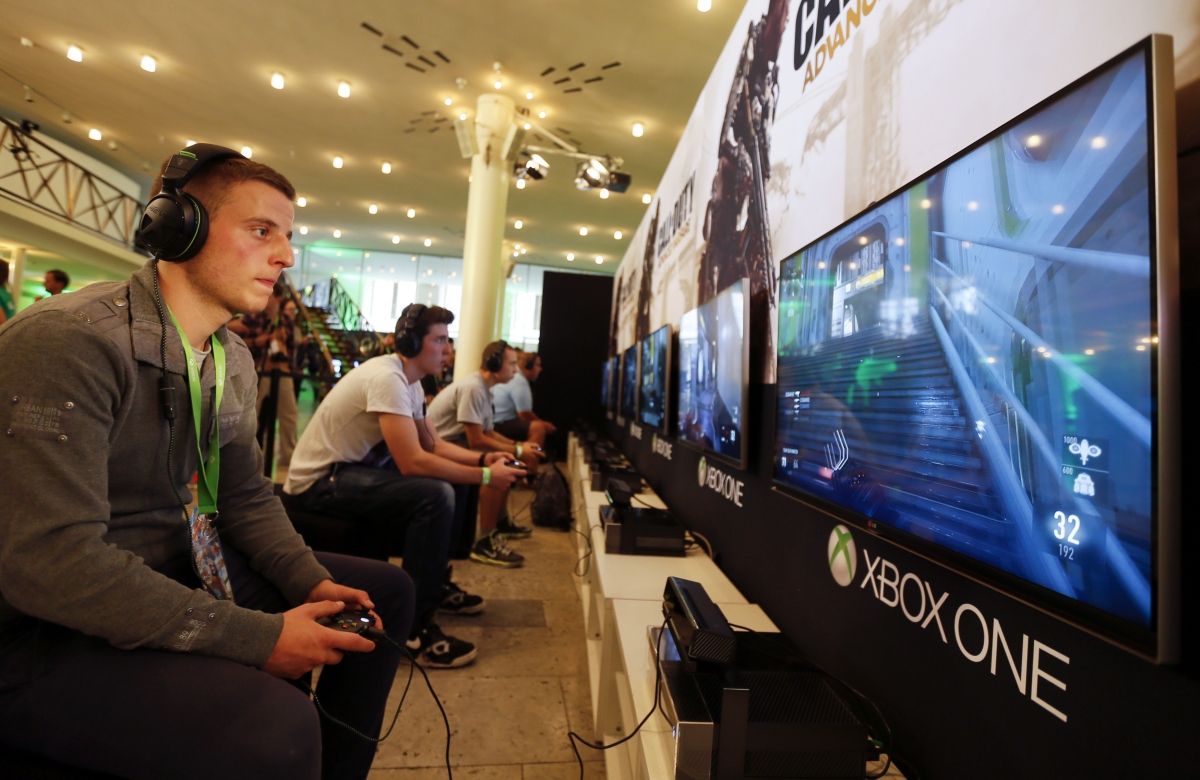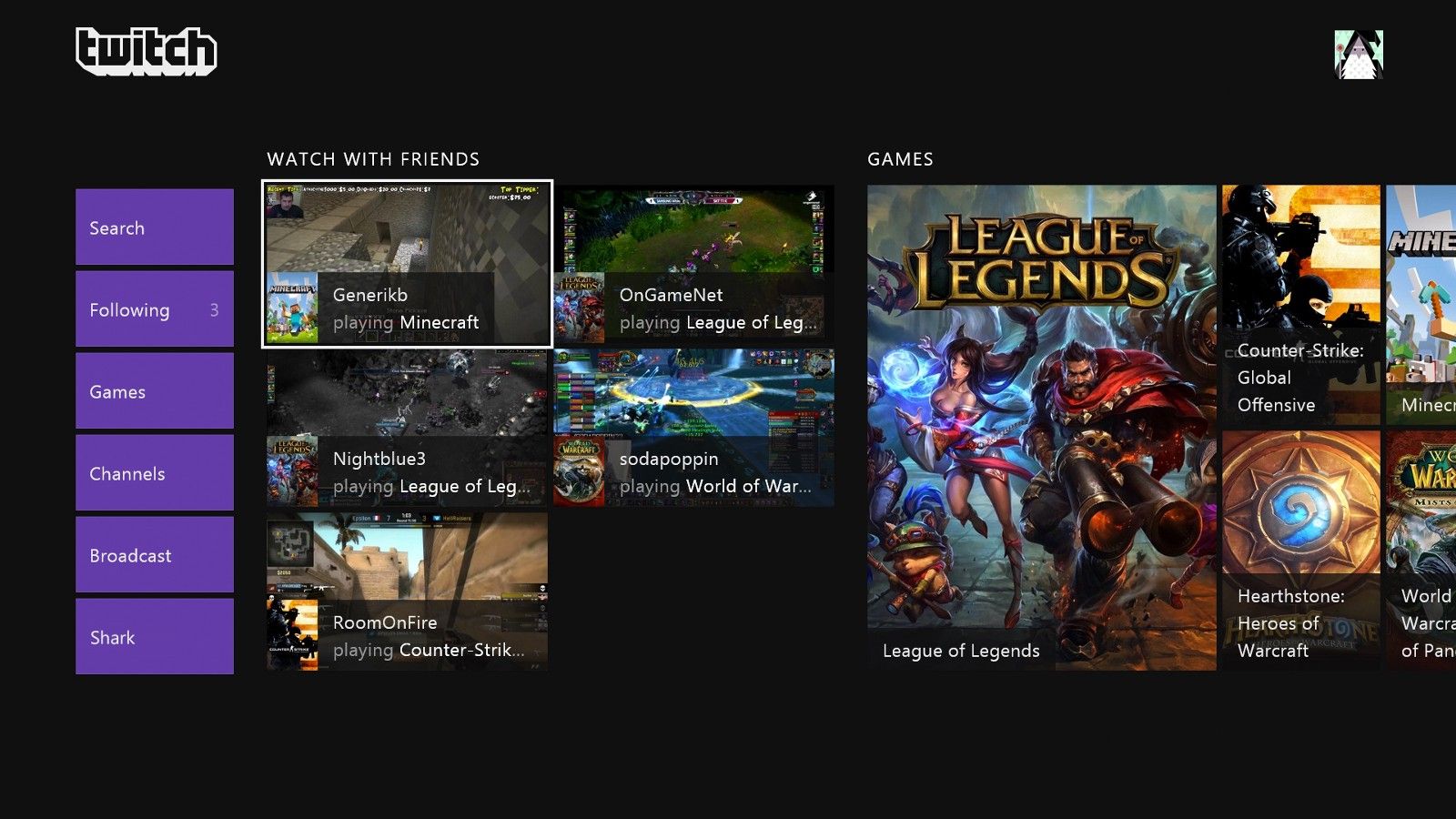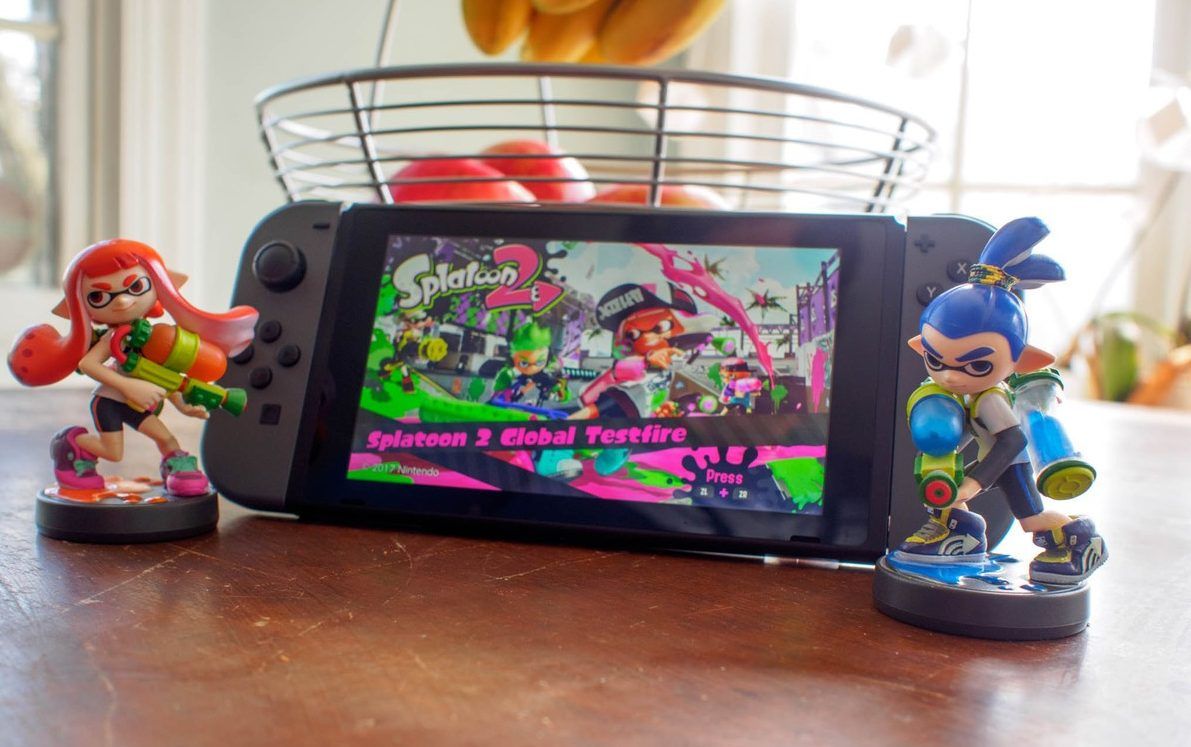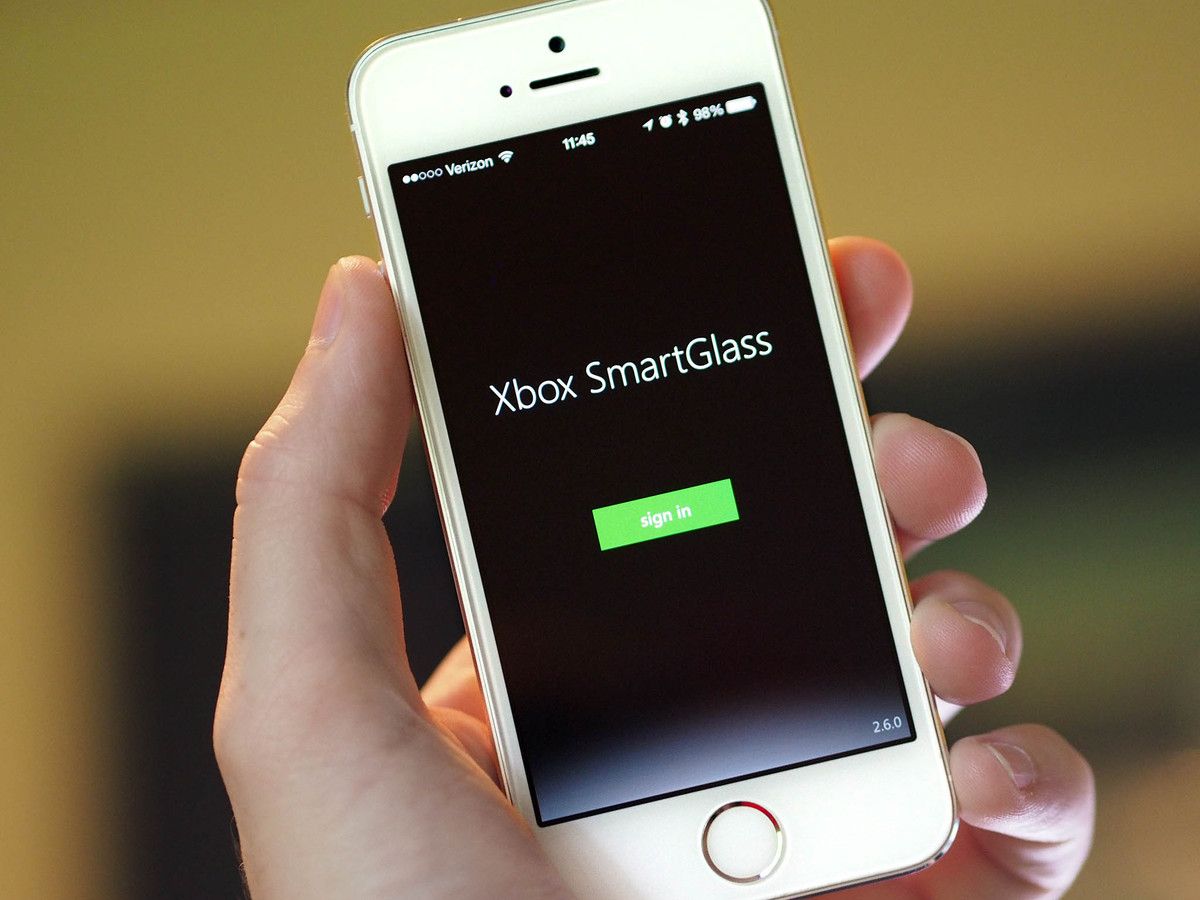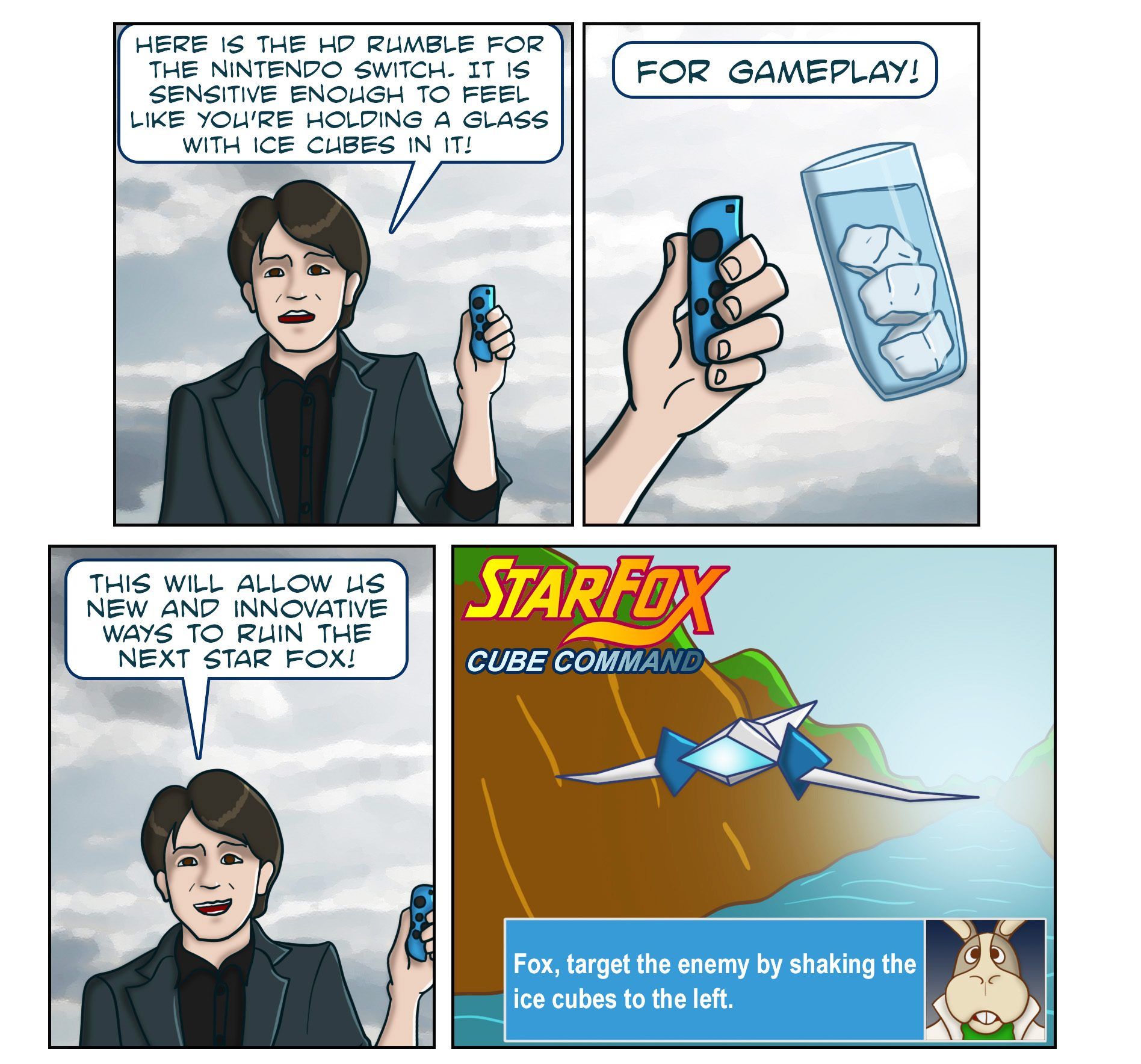Since pretty much the earliest days of video games, players have been spoiled for choice. Different consoles have offered different control schemes, different levels of technological advancement, and different titles for gamers to choose from; of course, gaming has never been cheap, which as led players to pick sides and go to battle for their favorite system. These heated battles have been periodically taken advantage of by savvy marketers (like the Sega Genesis’ infamous “Genesis does what Nintendon’t” campaign), and the overall atmosphere of competition has only benefited the gaming community, forcing developers to adapt to changing times and provide the best experiences they can or risk being passed over for a more powerful system.
The current generation of consoles is no different, with the Xbox One representing one design philosophy – that of the interconnected living room centered around one powerful, do-everything device – and the Nintendo Switch approaching gaming from a completely different perspective, focusing on playing video games first, wherever and whenever players want. With two radically different systems on the market, choosing what console to back has never been harder for players, as both the Xbox and the Switch offer different advantages for the discerning gamer. Here are the 12 ways that Xbox is better than Nintendo – and the 12 ways Nintendo has the Xbox beat.
24 Pro Xbox: Online Play
One of the most consistent complaints against Nintendo is their lackluster online integration; players have to contend with unwieldy friend codes, imperfect or nonexistent matchmaking options, and the company’s general antipathy toward the very concept of online play. The original Xbox, meanwhile, was a pioneer in online gaming, with its Xbox Live service quickly becoming a signature feature of the platform. The Xbox One continues the tradition, with a well-supported and full-featured online service, along with plenty of games to take advantage of the service. Players have been able to count on Microsoft providing top-tier online options since they entered the console market. They have lead the industry to a whole new kind of gaming, and gamers are lucky to have seen the initiative come to fruition. Score one, Xbox.
23 Pro Xbox: Stream Games To Other Devices
One little-known feature of the Xbox One is its ability to stream games to other devices, and not just in the Twitch livestream way – you can literally use the system to play games on other devices. All you have to do is install the Xbox app on windows 10-enabled PCs and tablets, enable the streaming option, and go to town. In case your mom or little sibling occupies the TV, or you just want to impress others with what your shiny new console can do, bust out this feature and game on. In one felled swoop, Microsoft has proven they can ad-hoc their way to having Nintendo Switch functionality baked into, not one device, but all of your Windows devices.
22 Pro Nintendo: Portability
Not to be outdone, Nintendo’s Switch doesn’t stream from console to tablet, because the console itself is a portable tablet. Just attach the Joy-Con to the system, pop it out of the dock, and you’re good to go, bringing console-quality games with you wherever you may roam. Though Nintendo hinted at this kind of setup with the Wii U’s tablet controller, it wasn’t truly portable; the Switch delivers on the promise of Nintendo’s previous flop with the completely new form factor. While the Xbox can stream games across platforms, you can’t bring it with you in the same way. It's a Wi-fi free solution that gamers have been clamoring for since the original GameBoy.
21 Pro Nintendo: Local Multiplayer
But there’s a reason why Nintendo retains a reputation for multiplayer excellence, despite their messy-to-nonexistent attempts at online gaming. Since the NES days, players have come to Nintendo systems to enjoy excellent local multiplayer experiences, to the point that Nintendo games that don’t offer a robust split-screen multiplayer option feel like they’re missing something in comparison. There’s a reason why Splatoon gets so consistently knocked for its lackluster local multiplayer – games like Mario Kart and Smash Bros. have proved that sometimes there’s nothing better than getting some friends together and playing a Nintendo game, a total experience that Xbox can’t compete with. These terrific games, coupled with the truly innovative Nintendo Switch, prove that Nintendo won't be letting go over couch co-op anytime soon.
20 Pro Xbox: Pure Power
In terms of sheer processing power, the Xbox has always had the edge on Nintendo’s family of systems. The original Xbox was the most powerful console of its time, with significantly higher CPU speed than the Gamecube; and while the Xbox 360 was a massive leap over its predecessor in terms of processing power, Nintendo’s Wii was merely a technological sidestep, with processing power roughly comparable to its predecessor. The trend has continued into the current console generation, as the Xbox One prioritizes raw computing power while the Wii U and now the Switch have shown that Nintendo has shifted their focus from winning the spec war. Now, with the Xbox One X on the horizon, there's no denying that Microsoft wants gamers to have unparalleled power under their TV sets.
19 Pro Nintendo: Innovation
Where the Xbox prizes processing power, Nintendo’s systems focus more on innovation. This has been true of the company since at least the Nintendo 64 days, when they popularized the now-standard analog stick for full 3D movement; the Gamecube introduced connectivity between systems and asymmetrical multiplayer experiences with its ability to connect to the Game Boy Advance, while the Wii and Wii U both introduced radically different control schemes into the marketplace. The Switch has kept this tradition up, introducing the concept of a hybrid system that can play the same games at home as it can on the go. With each new system, Nintendo reinvents the possibilities of gaming. Can the Xbox say the same? The answer is fairly obvious — and Nintendo fans know it.
18 Pro Xbox: Multimedia Capabilities
Nintendo’s systems can’t hold a candle to the Xbox’s capabilities as a multimedia center, though. As Microsoft has developed the line over the years, they’ve stuffed the system full of cool multimedia features to increase its flexibility. The Xbox can hook up to satellite or cable receivers, allowing players to control their television set through the system; it can link to Netflix and other streaming services, play Youtube videos, access music libraries, and display photos in addition to playing games. Moreover, with the Kinect add-on, players can do all this with simple voice commands, something Nintendo has never been able to implement. The one time Nintendo *did* decide to double down on media functionality, by including a "TV" button on the Wii U, was a case of "too little too late."
17 Pro Nintendo: Motion Controls That Actually Work
While the Kinect offers some pretty incredible multimedia capabilities, as a way of playing video games (which, y’know, it’s supposed to be designed around), it’s pretty lackluster. Originally introduced as a way of competing with the Nintendo Wii’s system-selling motion controls, it never gained a foothold as a gaming method because it turned out to be rather imprecise. Nintendo’s motion controls, meanwhile, work consistently well, and have been implemented into every system they’ve made since in ways that both make sense and add immersion and precision – once you’ve used motion controls to aim in Zelda or Splatoon, you’ll never go back to analog. Meanwhile, gamers are still quaking from how miserable the experience of using the Kinect as a controller could be.
16 Pro Xbox: A Controller That Makes Sense
Nintendo’s commitment to innovating with every new console generation is admirable, but it often leads to control schemes that are weird, uncomfortable, or downright bad – remember the Virtual Boy’s eye-straining early version of VR, or the Wii U’s clunky and underutilized touchscreen? The Switch has a similar problem, with the two Joy-Cons supporting local multiplayer… but being extremely uncomfortable to play in this configuration. The Xbox’s controller layout, meanwhile, has been subtly improved upon but consistently the same, providing gamers with a familiar and comfortable control scheme that just makes sense.
15 Pro Nintendo: Controller Flexibility
Like the Wii before it, what the Switch controller lacks in familiarity and perhaps usability, it makes up for in flexibility. The Joy-Con can be attached to the system, plugged into a controller dock (that has the bonus of looking like a cute puppy dog), held in each hand, or split between two people, not to mention the potential they have to be connected in new configurations in the future. This kind of flexibility tends to bring out the best in Nintendo’s development team, so we’ll probably see new and exciting ways to play games all throughout the system’s lifespan.
14 Pro Xbox: Customizable Controllers
About those controllers though: one of the more fun, underrated features of the Xbox One is how players can customize their own controllers through the online Xbox Design Lab. Gamers are given multiple color options and can combine different design elements in a dizzying, colorful array of ways, meaning that you could create a set of controllers that only exists for your system – no more losing them or getting yours confused with a friend’s. The Switch has a few options in terms of the Joy-Con controller color scheme, but it’s not customizable and doesn’t have nearly the same number of options. This is a genius example of Microsoft putting creativity in the hands of its players, and proving they're willing to get off their highhorse and have some fun.
13 Pro Nintendo: Multiple Controllers Packed In
But those Joy-Con offer a side benefit that the Xbox One can’t match, at least not without shelling out extra money: two controllers packed in. One of the most widely hyped features of the Switch is each Joy-Con’s ability to function as a separate controller, so if you want to bust out a game of Mario Kart on the go, you can hand one Joy-Con to a friend, select a multiplayer mode, and you’re off to the races – literally. If you want to play multiplayer on the Xbox, meanwhile, you have to purchase a separate second controller, a hidden cost that bumps up the system’s already high price. There will be a lot of sad siblings on Christmas morning who can't play together on Xbox.
12 Pro Xbox: AAA Titles
One of the big divisions in the gaming world is the fissure that separate indie games from AAA – indies are smaller titles that tend to take a slower pace and a more idiosyncratic art style, while AAA titles are those like Assassin’s Creed, Call of Duty, or the Xbox-exclusive Halo 5. These are games with millions of dollars poured into them, incorporating state-of-the-art graphics, full voice acting, and cinematic cutscenes and storytelling – and the Xbox One is one of the prime destinations for these sorts of games. If you want to show someone just how far video games have come from the early days, this is the system to do it with. Nintendo may their own titles, but if you want to be a part of the zeigeist, Nintendo isn't the system for you.
11 Pro Nintendo: Nintendo Games
But while Microsoft might have the advantage in terms of scale and cool features, it doesn’t have Nintendo’s history, its deep understanding and mastery of game design. There’s a reason why people love games like The Legend of Zelda: Breath of the Wild – Nintendo is able to consistently create involving, powerful experiences that redefine what games are capable of, and has been doing this since the company began producing video games. If Nintendo gets the Switch’s iteration of their virtual console retro gaming service right, then the system could become practically unstoppable, with a deep, historically important library standing next to new and innovative experiences. Their well of franchsies mean the world to a world of gamers.
10 Pro Xbox: Hardcore Appeal
Related to the Xbox’s compatibility with the latest AAA titles, Microsoft’s console has Nintendo beat when it comes to appealing to hardcore gamers. The Xbox One has been on the market for a few years now and has amassed a solid lineup of tough and technically impressive hardcore games, from the Xbox-exclusive Forza and Halo series to multiplatform masterpieces like The Witcher 3, Metal Gear Solid 5, and Prey. If you want to headshot some poor kid from across the globe or immerse yourself in a deep, mature, and morally complex world, the Xbox has you covered. Splatoon just doesn't come to headshots in Gears of War or Halo.
9 Pro Nintendo: Cross-Generational Cool
Nintendo, meanwhile, doesn’t focus on hardcore gamers as much as an all-ages concept of fun. The Switch-exclusive Splatoon 2 is maybe the best example of this philosophy, its Nickelodeon-meets-Jet Set Radio kind of cool managing to appeal to gamers of all ages – and its blood-free rewrite of shooter game conventions has earned it a strong fanbase. Breath of the Wild’s wide-open world and clean interface, meanwhile, is accessible to any and all players and play styles, whether you’re a 4-year-old kid or a 74-year-old grandma. Show me an Xbox title that can do that. There's a reason why parents always called *all* video game systems "That Nintendo."
8 Pro Xbox: Twitch Integration
One of the biggest stories in video gaming over the past decade has been the rise of Let’s Play videos, facilitated through websites like Youtube and especially the relatively new platform Twitch. Players all over the world can now live-cast their own experiences playing new and old games, chatting with fellow players and making games more accessible to a broader audience – if you’ve had your eye on a rare game, you can watch a playthrough to see if it’s for you before you drop the cash on it. Xbox One lets you livestream games directly to Twitch, making the process even more accessible. Streamers of the world unite! On the flip side, Nintendo has made some aggressive remarks against Twitch — they need to pay more attention to the industry at large.
7 Pro Nintendo: Amiibo Compatibility
Now, not everyone will agree with this entry, but my list, my rules. Nintendo’s Amiibo figurines arose out of the interactive toy fad of a couple years ago, spearheaded by titles like Skylanders and Disney Infinity, but unlike its competitors, the Amiibo are optional and also cool as hell. The figurines themselves are well-made and relatively cheap to purchase, and if you don’t have them you don’t miss out on important or central content; rather, they’re a cute little vehicle for fan service, letting players feel that much closer to the characters and games that they love. They feel personal in a way that the Xbox doesn’t come close to. Not to mention the fact that, Xbox is a long way away from having characters people would want to keep on their desks.
6 Pro Xbox: Use Your Phone As A Controller
Another cool, relatively unknown feature the Xbox One offers is its ability to be controlled from your smartphone. While Nintendo is attempting a similar phone/system compatibility scheme with the launch of Splatoon 2, the Xbox version of the concept is markedly better, probably because it doesn’t rely on the phone for a rather junky version of voice chat. Instead, you can access system functions via your phone and even stream live television from the console to your handheld using Microsoft’s specialized app. This is how you do console/phone connectivity right. Unlike... well, the less said about the Nintendo Switch's moblie connectivity the better.
5 Pro Nintendo: HD Rumble
Sure, it’s a minor thing, but this feature adds a lot to a game experience. Nintendo’s console design is all about immersion, and the Switch’s newfangled “HD rumble” effects are another example of this design philosophy – the controllers have multiple different rumble generators for designers to take advantage of, creating a more nuanced slate of options to alert players to in-game events or items. The effect has been widely praised for the possibilities it offers and how much more real it can make games feel – provided it’s used correctly, instead of as a pure gimmick. Every new tool Nintendo gives developers is another layer they can use to paint a brilliant video game picture.

